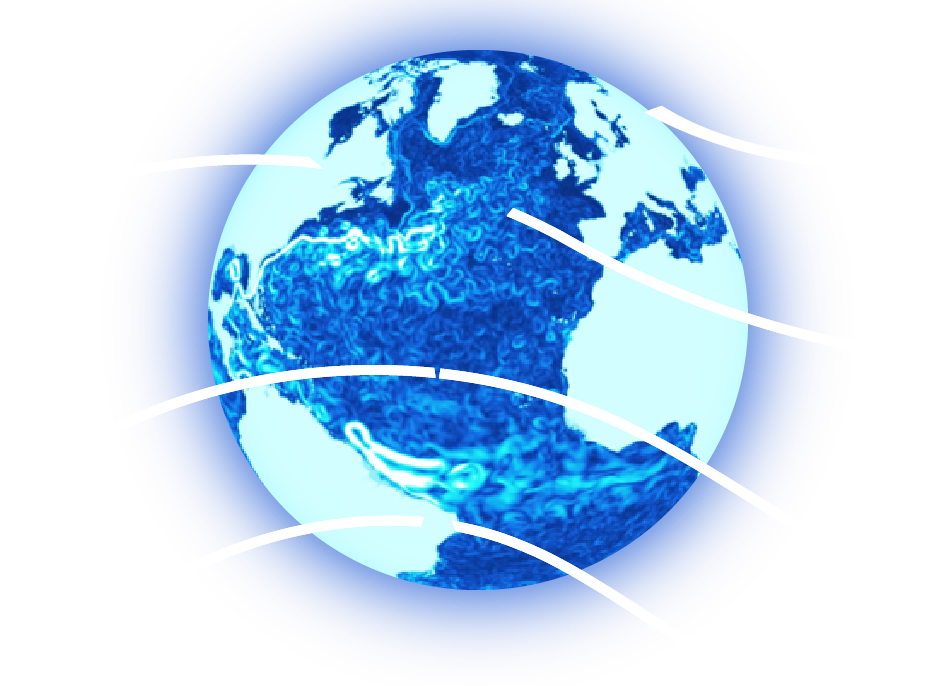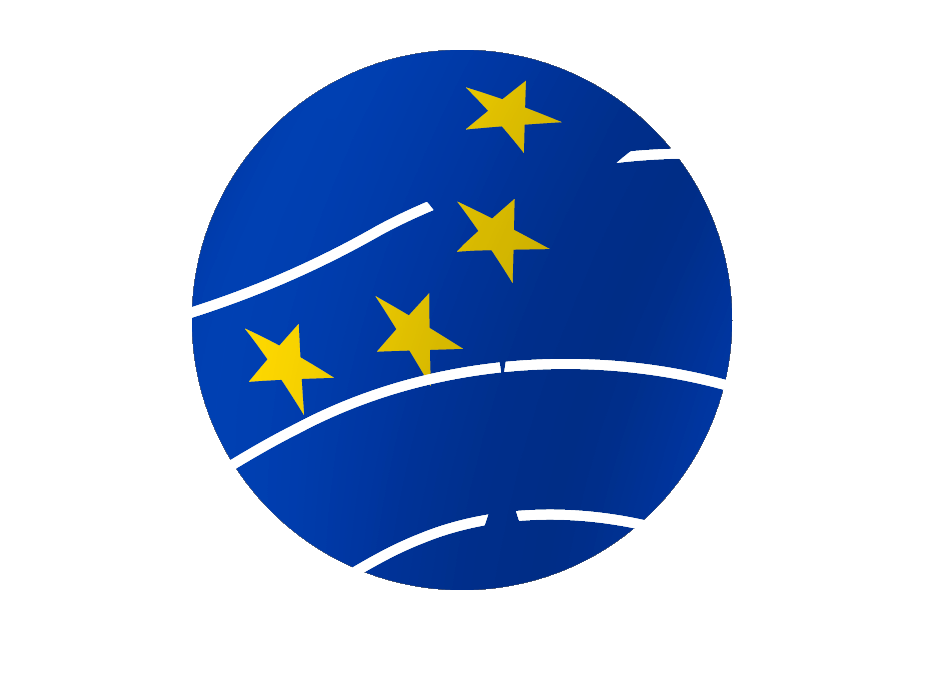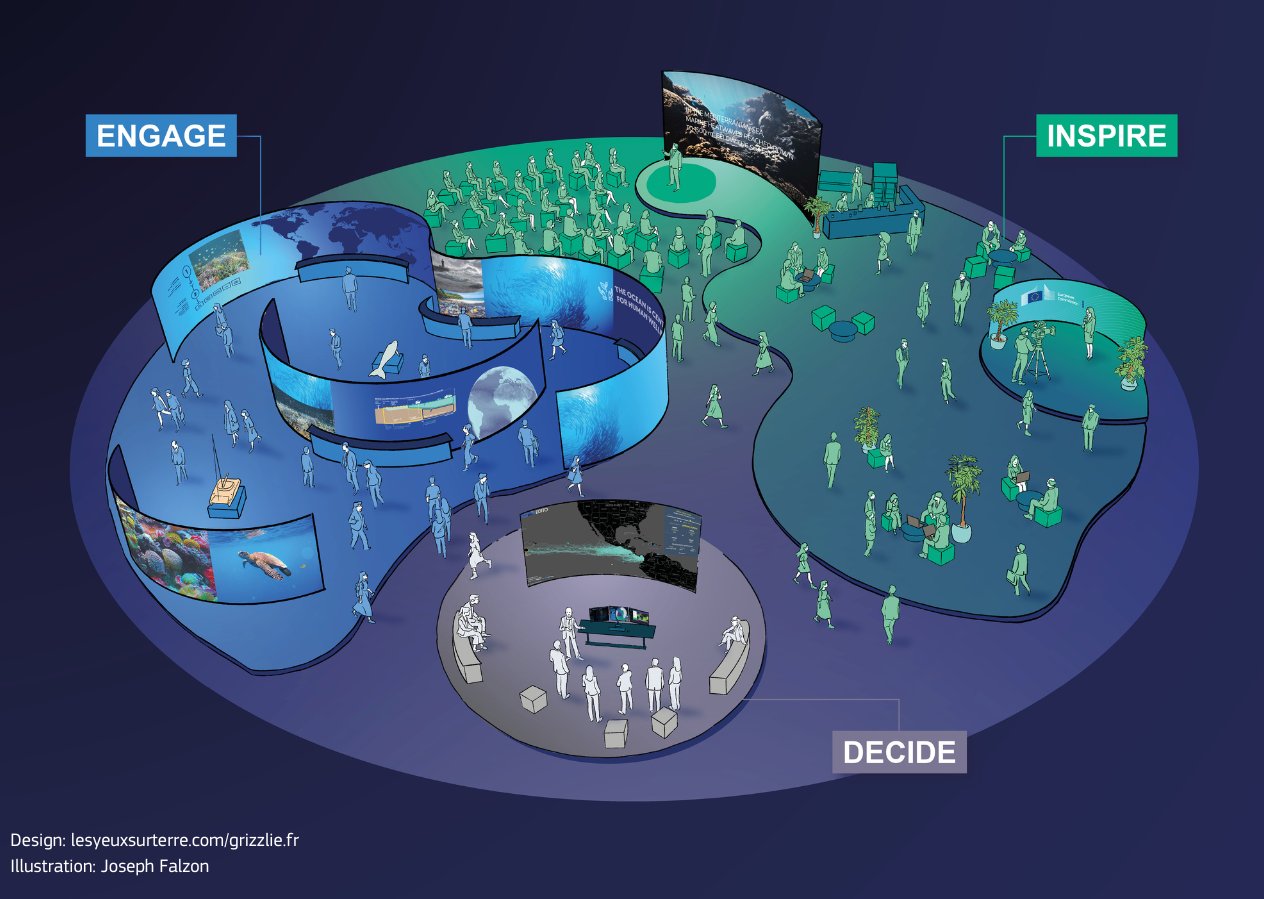
Looking Ahead: EDITO at the UN Ocean Conference 2025

From 2–13 June 2025, the international ocean community will gather in Nice, France for the Third United Nations Ocean Conference (UNOC). EDITO will be present throughout the event, participating in high-level sessions and demonstrations at the European Digital Ocean Pavilion, which will be located in the Green Zone – The Whale.
Organised by the European Commission’s DG DEFIS in partnership with DG RTD, DG MARE, and DG INTPA, and implemented by Mercator Ocean International, the Pavilion showcases Europe’s commitment to using digital innovation for sustainable ocean management and global collaboration.
Designed around three immersive zones—INSPIRE, ENGAGE, and DECIDE—the Pavilion offers a dynamic gateway into the EU Digital Twin Ocean. Here, visitors can explore ocean processes, run “What-if” scenarios, and experience real-time insights through interactive displays, simulations, and storytelling tools.

EDITO partners will be participating in numerous events and sessions. To discover EDITO at UNOC, here are some programme highlights:
June 3–5: One Ocean Science Conference
EDITO kicks off with multiple sessions during the One Ocean Science Conference, including a presentation on habitat suitability mapping to protect marine ecosystems and a session on next-generation ocean modelling. An EDITO-led poster exhibition will also run in parallel, showcasing our advances in digital twin applications for coastal resilience.
June 4: Town Hall – Marine Knowledge at the Fingertips of our Communities
In this dialogue session, EDITO will demonstrate how digital twins bring ocean data directly to communities and stakeholders, fostering inclusivity and accessibility in marine knowledge systems.
June 5: Training Workshop – What-if Scenarios (WiS)
At the INSPIRE Arena, EDITO will lead a hands-on training session for policymakers and practitioners on using What-if Scenarios to explore marine policy impacts—from planning aquaculture to mitigating marine litter and enhancing biodiversity.
June 6: International Weather & Climate Forum
EDITO will participate in a roundtable on future digital ocean apps and deliver a dedicated media workshop, showing how digital ocean tools can strengthen science communication and public engagement.
June 8 & 9: World Ocean Day – DTO for the Ocean Pact
On World Ocean Day (Sunday, 8 June), EDITO will join the global community in celebrating the marine realm and in highlighting the critical importance of protecting our Ocean.
On Monday, 9 June, EDITO will support discussions around the Ocean Pact and how digital innovation can fast-track SDG14, offering new mechanisms for monitoring and protecting marine ecosystems.
June 13: EDITO-Model Lab Hackathon Launch
Closing out the programme, EDITO will launch a multi-partner hackathon focused on developing and testing real-world applications—from oil spill simulation to plastic pollution tracking—directly on the EDITO platform.
